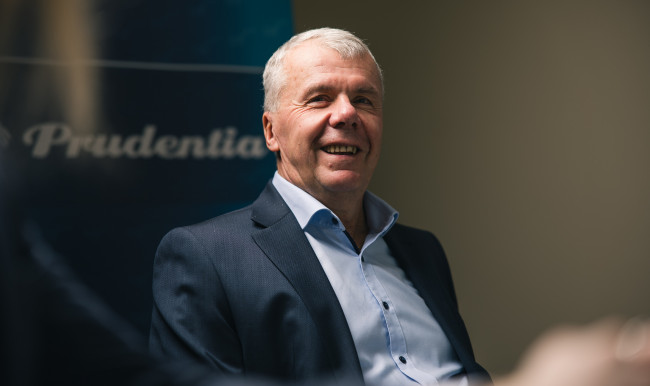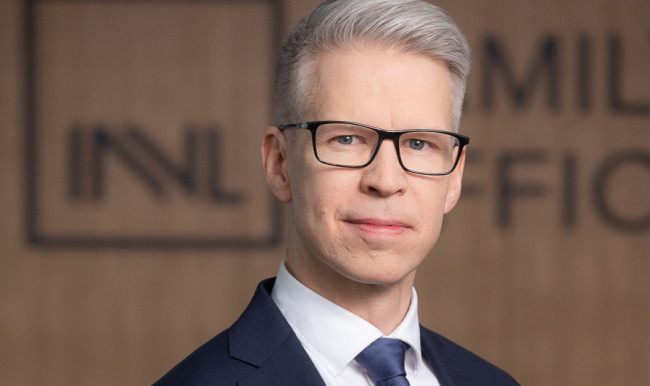
Corporate value in a changing interest rate environment
Sander Danil
Private Banking Investment Strategist at SEB
Assessing the total value of a company and comparing it with other companies is an increasingly popular analytical method in corporate finance and investment. In this context, the value of a company means its total value expressed in monetary terms for all capital holders. Thus, in addition to the value attributed to the shareholders, this number also includes the share of the lenders. Understandably, the cost of capital plays an important role in the formation of the company's value. It is precisely in this area that there has been a significant shift in the financial markets over the last few years. Namely, we no longer live in the zero-interest environment that was there for years, where large central banks printed huge amounts of new money with the aim of reviving the economy and avoiding deflation. When due to various supply shocks, inflation suddenly accelerated with no control from central banks, the latter were forced to limit the money supply and sharply raise the base interest rates. In less than a year and a half, the European Central Bank raised its key interest rates by 4.5% and the US Federal Reserve by 5.25%. As a result, we have reached a point where money once again has a price, and it is not small.
What should be learned from it and how does it affect corporate value? The cost of money, or its value in time, is the main input for the price that investors want to receive for their capital depending on the risk level of the investment. The rally of central banks' base interest rates has also increased government bond yields. This, in turn, has had a direct impact on the revenue expectations of both shareholders and creditors. Unlike equity, loan capital usually has a specific due date. Therefore, interest rates on loan capital are closely related to the so-called risk-free return offered in the form of government bonds for the same period. As equity by its nature is indefinite, shareholders are guided by long-term interest rates, and most are based on government bond yields starting from a 10-year period. Many investors today believe that interest rates will remain high for a long time to come, and even if shorter-term interest rates begin to fall after inflation is contained, expected returns for longer-term investments will remain high. This would mean that the yield curve of the bonds would restore a rising line that is considered normal. In addition to the cost of capital, high interest rates also have a direct impact on companies' financial results, as more and more money is spent on interest payments. This is sad news especially for shareholders, as they are getting less and less money from the company's operating profit. Banks whose interest income grows like mushrooms after rain will benefit from the current situation, but customer debt has not yet increased significantly. Also, the banks' party may soon be over. On the one hand, banks are more and more paying interest to depositors, and on the other hand, their loan losses are expected to increase.
The interest rate hike that has taken place over the past 1.5 years is not a normal phenomenon and has also changed the dynamics between stock and bond prices. In a stable economic environment, stocks generally react positively to good macro news and bond prices fall in anticipation of higher inflation, or vice versa. At present, there is a situation where stock and bond prices are positively correlated, i.e. they tend to move in the same direction. This is bad news for investors, as the cooling of the economy with continued high inflation depresses both stock and bond prices. Logically, this trend should also be reflected in the valuations of the company. Looking at the results of the Estonian TOP101 compiled by Prudentia, this is not yet visible in the overall picture. When comparing the value of companies represented in the ranking for two consecutive years, their total number increased by about 5% this year. At the same time, when considering last year's extremely high inflation, company value has already fallen significantly in so-called real prices. More broadly, global stock markets are increasingly taking into account higher capital prices, which are mainly reflected in lower market multiples. The positive news is that while the era of free money is permanently over, in falling inflation, interest rates are unlikely to remain very high for very long periods and will find a new normality at lower levels. A decline in interest rates combined with a recovering economy would also push up company value.


